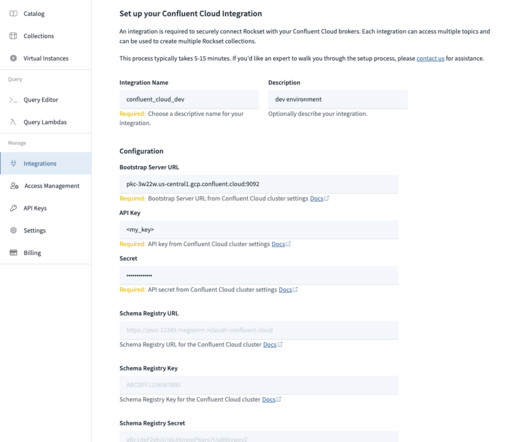MongoDB Architecture
U-Next
AUGUST 25, 2022
An open-spurce NoSQL database management program, MongoDB architecture, is used as an alternative to traditional RDMS. Since MongoDB does not store or retrieve data in the form of columns, it is referred to as a NoSQL (Not Just SQL) database. Due to its NoSQL database, the data is kept as a collection and documents.












Let's personalize your content